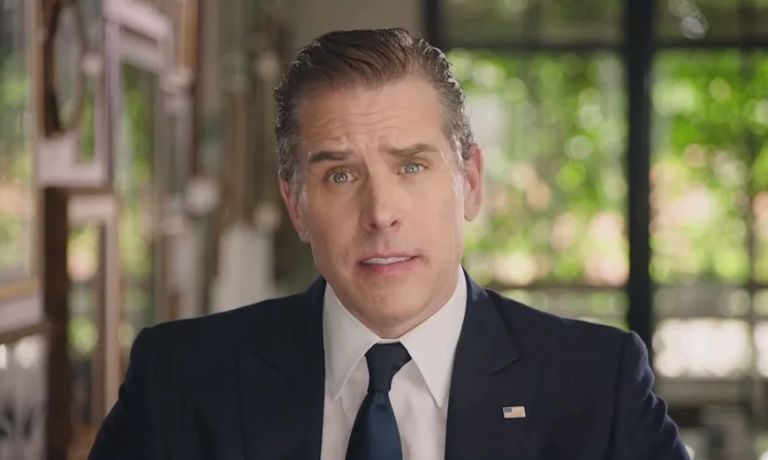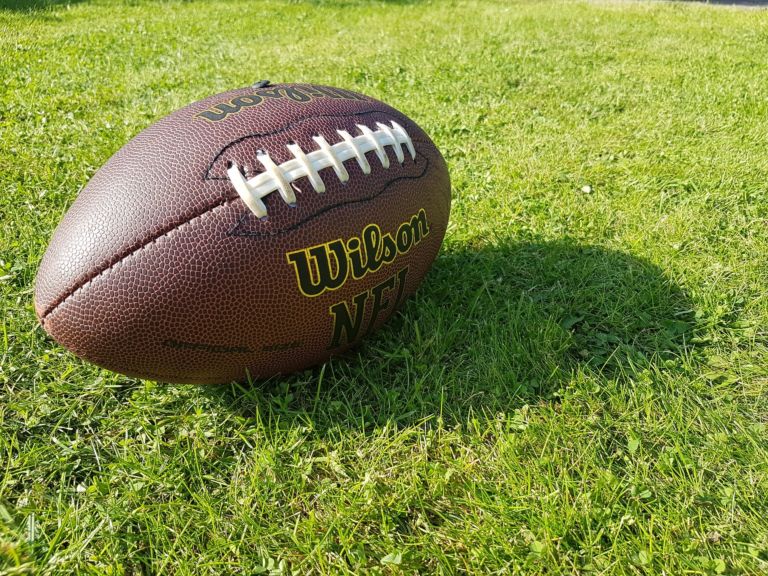Weekly John Locke Foundation research division newsletter focusing on environmental issues.
This newsletter highlights relevant analysis done by the JLF and other think tanks as well as items in the news.
1. Fish in the Ocean: No Commons, No Tragedy
It is widely recognized that some of the most important problems of resource usage are associated with something called the "tragedy of the commons." The term was coined in a very famous article with this title by ecologist Garret Harding in1968. The point of the article is that when resources are left in the "commons" they will be inefficiently exploited and over utilized.
The most common and readily apparent example is fish in the ocean. Fish in the ocean are a resource which, in the absence of clearly defined property rights, there is no reason to conserve or husband. If you are a fisherman, commercial or sport, and you discover a large school of desirable fish, in the absence of rules or regulations to the contrary, you have every incentive to catch as many of those fish as possible as quickly as you can. The reason is that you receive the benefits of catching them, while someone else — for example, the fisherman who might come by that spot the next day or the day after — will bear the costs. You have no incentive to conserve the resource, the fish. If you were to try and nurture that school, possibly by throwing back the smaller fish and keeping only those larger than a certain size in expectation that you would take them when they got larger, you would be bearing costs while conferring benefits on others who might fish that spot at a later date.
Contrast fish in the ocean with farm-raised fish — catfish or tilapia, or example – from a private pond. People who own their own catfish ponds behave quite differently than commercial fisherman in the ocean. They make sure to only take fish that have grown to the right size. They make sure that the water has the right nutrients and chemical balance. In other words, the resource is nurtured and not over consumed in the present so that it will continue to be productive into the future. Despite all of the politicized rhetoric about sustainability, this is what it really means. The approach to harvesting and utilizing the fish in the ocean is not sustainable while the catfish farmer is. The reason is that the former is in the commons while the latter is private.
While people have been aware of this problem for many years, it has been an ongoing struggle to figure out how the commons of the ocean can be privatized. Indeed many have assumed that it is not possible, that what is needed is government regulation of fishing. This has come in the form of mandated size limits on many kinds of fish, limiting the catching and keeping of certain fish to particular seasons, and direct maximum quotas on fish catches. The latter often takes the form of what are called tradable fishing quotas (TFQs). A description of how this process works can be found here. The point is that all these approaches are second best solutions. The best solution would be privatization, i.e., private property in the middle of the ocean, making fish in the ocean like catfish in a private pond.
Here’s the good news: quietly and without a lot of fanfare this is exactly what private entrepreneurs are doing. There are private "fish farms" springing up in the middle of the ocean. The technique is known as "open ocean fish farming." It is a form of ocean privatization, and it is making the ocean more productive, both in terms of quantity and quality of fish. The video below does a great job of explaining not only how it works but why it is great for the environment and our dinner tables. It is the story of one particular farm off the coast of Panama. There are others in different locations specializing in different kinds of fish. The point is that the commons are being privatized to the benefit of both the species and the consumer.
2. Ozone Report of 2013
The 2013 ozone season began on April 1 and, as in the past, each week during the ozone — often called smog — season, this newsletter will report how many, if any, high ozone days have been experienced throughout the state during the previous week, where they were experienced, and how many have been recorded during the entire season to date. According to current EPA standards, a region or county experiences a high ozone day if a monitor in that area registers the amount of ozone in the air as 76 parts per billion (ppb) or greater. The official ozone season will end on October 31. All reported data is preliminary and issued by the North Carolina Division of Air Quality, which is part of the state’s Department of Environment and Natural Resources. During the period from June 10-16 there were no high-ozone days recorded. For the state as a whole there has been 1 high ozone day recorded in 2013.
The table below shows all of North Carolina’s ozone monitors and the number of high ozone days for the week and the year to date for each.




